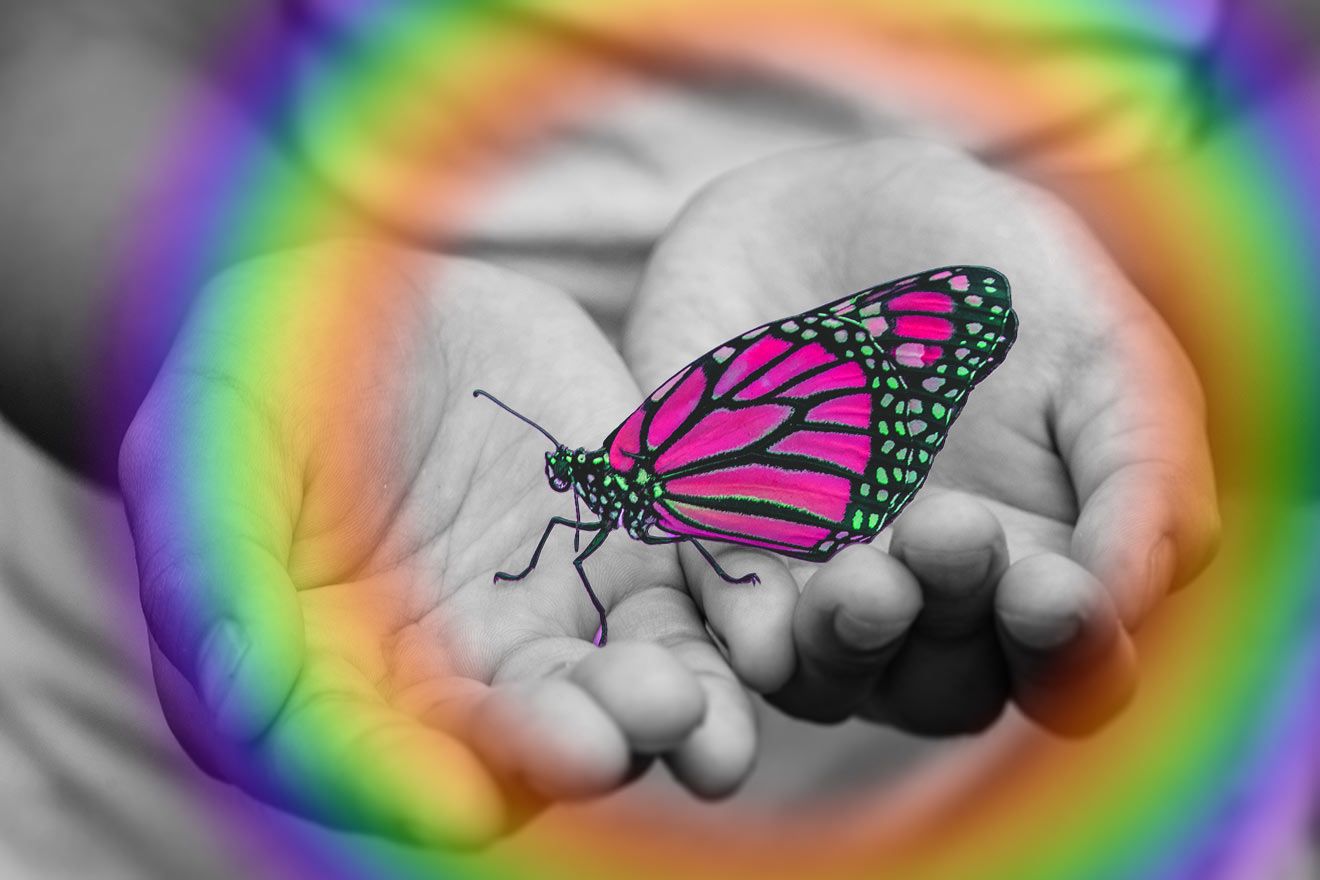Healing the Inner Child with Ayahuasca: A Deep Journey to Wholeness
Who is the Inner Child?
For those on a healing journey, the concept of the inner child is often central to deep emotional and psychological transformation. But what exactly is the inner child, and why is healing this aspect of ourselves so crucial for true freedom and well-being?
Understanding the Inner Child
The inner child represents the younger, vulnerable parts of ourselves that carry unresolved emotions, traumas, and unmet needs from childhood. During our early years, we lack the cognitive and emotional resources to fully process overwhelming experiences. When faced with stress, trauma, or neglect, the psyche often employs defense mechanisms—such as dissociation, repression, or fragmentation—to protect us from unbearable pain.
These fragmented parts of our consciousness remain frozen in time, holding onto the wounds of the past. Because much of our foundational trauma occurs in childhood, these wounded aspects often manifest as our inner child—a part of us that still feels abandoned, unloved, fearful, or ashamed.
The Hypnotic State of Childhood: How Early Experiences Shape Us
Scientific research shows that during the first seven years of life, our brains operate primarily in theta brainwave states—a deeply receptive, almost hypnotic state of consciousness. In this phase, we absorb information from our environment without critical filtering. This means we internalize beliefs, behaviors, and emotional patterns from our caregivers, regardless of whether they are healthy or dysfunctional.
Since many of us grew up in families with unhealed trauma, we unconsciously adopted coping mechanisms—such as people-pleasing, emotional suppression, or hypervigilance—that helped us survive but later become obstacles to authentic living. These early imprints shape our self-perception, relationships, and even physical health well into adulthood.
Why is Inner Child Work Essential?
Some believe they can simply “move on” from the past, dismissing childhood wounds as irrelevant to their present lives. However, unhealed trauma doesn’t disappear—it resurfaces in subtle and overt ways, influencing our behaviors, relationships, and emotional well-being.
How Unhealed Childhood Trauma Manifests in Adulthood
The effects of unresolved inner child wounds can appear in various forms, including:
-
Relationship struggles (fear of intimacy, codependency, or toxic attachments)
-
Emotional dysregulation (chronic anxiety, depression, or unexplained rage)
-
Self-sabotage (procrastination, fear of success, or destructive habits)
-
Physical ailments (autoimmune disorders, chronic pain, or insomnia)
-
Addictions (substance abuse, compulsive behaviors, or emotional eating)
-
Dissociation (feeling disconnected from the body or emotions)
Many people don’t realize that their present-day struggles stem from childhood trauma because the mind often suppresses painful memories as a protective mechanism. Yet, the body remembers. Until we confront and heal these buried wounds, we unconsciously recreate the same patterns, seeking resolution through repetitive cycles of pain.
The Path to Wholeness: Returning to the Beginning
True healing requires revisiting the root—our childhood—where our core wounds and survival strategies were formed. This doesn’t mean dwelling in victimhood but rather reclaiming and nurturing the parts of ourselves that were neglected or hurt.
Inner child work is not a one-time fix but a continuous process of integration. As we peel back layers of conditioning, we may uncover deeper wounds that require attention. This is why many spiritual seekers and therapists emphasize the importance of patience and self-compassion in healing.
How to Heal the Wounded Inner Child
1. Acknowledgment and Willingness
The first step is recognizing that your inner child exists and needs healing. This requires honesty and courage—to face the pain you’ve spent years avoiding.
2. Creating a Safe Space for Healing
Because inner child work can bring up intense emotions, having a supportive therapist, guide, or healing modality is crucial. A skilled practitioner can help you navigate difficult emotions without retraumatization.
3. Reparenting Yourself
Healing involves becoming the loving parent your inner child never had. This means offering yourself the validation, safety, and nurturing you missed in childhood. Practices like journaling, meditation, and mirror work can facilitate this process.
4. Emotional Release and Integration
Trauma is stored in the body, so somatic therapies (such as breathwork, yoga, or EMDR) can help release trapped emotions. Integration is about bringing fragmented parts of yourself back into wholeness.
Healing the Inner Child with Ayahuasca
While there are many therapeutic approaches to inner child healing, Ayahuasca—a sacred Amazonian plant medicine—offers a profound and accelerated path to deep emotional and spiritual healing.
Accessing Hidden Wounds Beyond Conscious Memory
One of Ayahuasca’s most powerful gifts is its ability to bypass the ego and reveal suppressed memories and emotions. Many people carry childhood trauma that is buried so deeply that talk therapy alone cannot reach it. Ayahuasca acts as a psychospiritual surgeon, uncovering the root causes of suffering that may have been forgotten or denied.
During ceremonies, participants often re-experience childhood scenes with newfound clarity, allowing them to process long-held pain from an adult perspective. This can be intense but ultimately liberating, as it brings unconscious wounds into the light where they can be healed.
Expanded Awareness and Compassionate Understanding
Ayahuasca doesn’t just show us our pain—it helps us recontextualize it. Many people report gaining profound insights into their parents’ struggles, recognizing that their caregivers were also wounded individuals acting from their own limitations. This shift in perspective fosters forgiveness, compassion, and release from resentment.
The medicine also reconnects us with our essential self—the pure, unconditioned aspect of our being that existed before trauma. This reconnection can bring deep self-love and acceptance, counteracting the shame and unworthiness often carried by the wounded inner child.
Reconnection to Love and Wholeness
A common theme in Ayahuasca journeys is the experience of being held by a divine, nurturing presence—often described as Mother Ayahuasca. This sensation of unconditional love can repair early attachment wounds, helping individuals feel safe, supported, and worthy for the first time in their lives.
Trauma often creates a sense of isolation, as if we are alone in our suffering. Ayahuasca dissolves this illusion, reminding us that we are part of a greater whole. This reconnection to love—both within and beyond ourselves—is foundational for healing the inner child.
You Are the Healer: Ayahuasca as a Guide, Not a Cure
While Ayahuasca is a powerful ally, it is not a magic solution. The medicine reveals the path, but you must walk it. True healing requires commitment—integrating insights from ceremonies into daily life through therapy, self-care, and conscious choices.
The Importance of Integration
Ayahuasca shows you what needs to change, but lasting transformation happens through integration. Working with a therapist, joining support groups, or practicing mindfulness can help ground the revelations from ceremonies into tangible life shifts.
Healing is a Journey, Not a Destination
Inner child work is not linear. Some wounds heal quickly, while others require time and repeated attention. Be patient with yourself. Each layer of healing brings greater freedom and self-awareness.
Final Reminder: You Hold the Power
Ayahuasca, therapy, and other healing modalities are tools—but you are the true healer. The love and wisdom you seek are already within you. By embracing your inner child with compassion, you reclaim your wholeness and step into the life you were always meant to live.
You are the healer. Love is the medicine.

